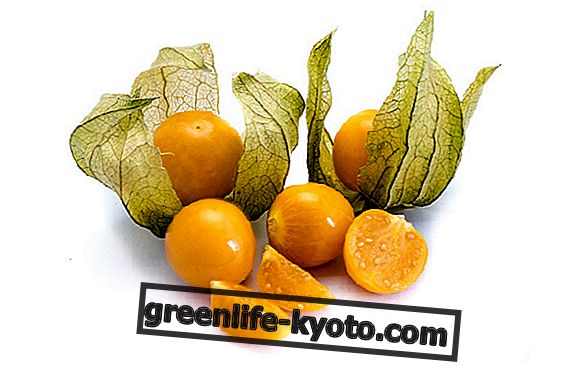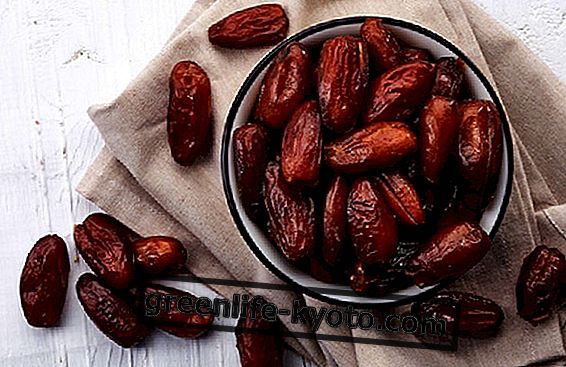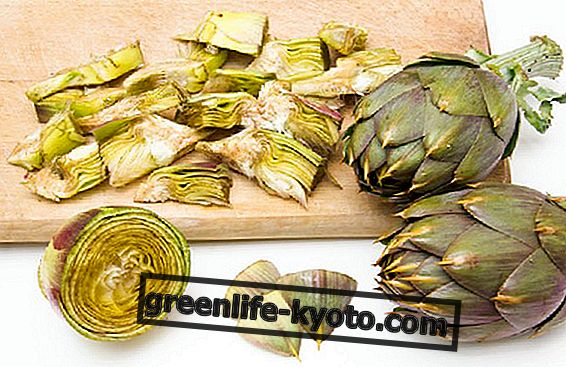
Cinnamon is one of the most used spices, along with ginger, during the cold season. The apple and cinnamon pair is perhaps the best known. Its scent is warm and welcoming.
In addition to cakes that, for obvious reasons, cannot be prepared every day, and fantastic recipes, there are simple ways to use cinnamon in your daily diet. In fact, cinnamon can be added:
to your favorite hot beverage (almond milk, herbal tea, coffee, etc.);
in the preparation of smoothies or smoothies;
with yogurt;
with breakfast cereals;
in the dough of sweet bread, pancakes and biscuits.
What are the benefits of this spice?
Cinnamon contains manganese, iron, calcium and fiber ; its best known property is the ability to control blood sugar levels useful for reducing the risk of diabetes, heart problems but also suffering from "cravings" for sweets and carbohydrates. But cinnamon has at least three other virtues.
- Improves digestion and weight control. In Chinese medicine it has been used for centuries to treat gastrointestinal disorders. Furthermore, by controlling blood sugar, it reduces hunger attacks and sweet cravings, allowing you better weight control.
- Helps regulate the menstrual cycle. A recent study by Columbia University Medical Center suggests that cinnamon can help regulate the menstrual cycle of women suffering from polycystic ovary syndrome.
- Keeps bacteria off . Ayurvedic medicine has always used cinnamon for its antifungal properties and its ability to prevent the growth of bacteria, fungi and Candida. If added to other foods it favors their conservation.
- Lower blood glucose . By using cinnamon during meals, about 2 grams, the speed of gastric emptying is slowed and reduced the increase of glucose in the blood after eating.
There are numerous varieties of cinnamon but the Ceylon variety (also called Cannella Vera) and Cassia are the most used. The first is more refined, expensive and sweet. Comes from Sri Lanka, Madagaskar and Seychelles. The second, the Cassia Cinnamon, also known as Chinese cinnamon, has a slightly more harsh and overpowering taste on the palate and is native to China and Indonesia.
Cassia cinnamon, cheaper, is obviously the most used by the food industry but it is also potentially the most dangerous because it contains coumarin which, at high doses, is not good for the liver. A German study carried out in 2010 found that, on average, Cassia cinnamon powder contains up to 63 times more coumarin than Ceylon Cinnamon powder and that Cassia sticks contain 18 times more than coumarin than cinnamon sticks Ceylon.
Therefore the rule of moderation is always valid and, if you use it for your home preparations, choose Ceylon Cinnamon (Cinnamon Vera).
Until next time
Amber












